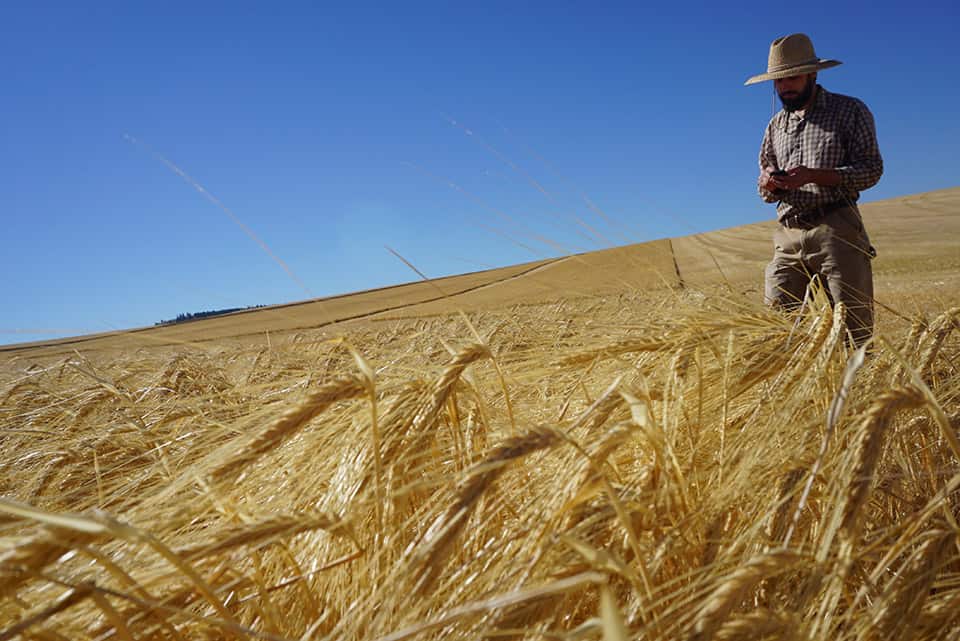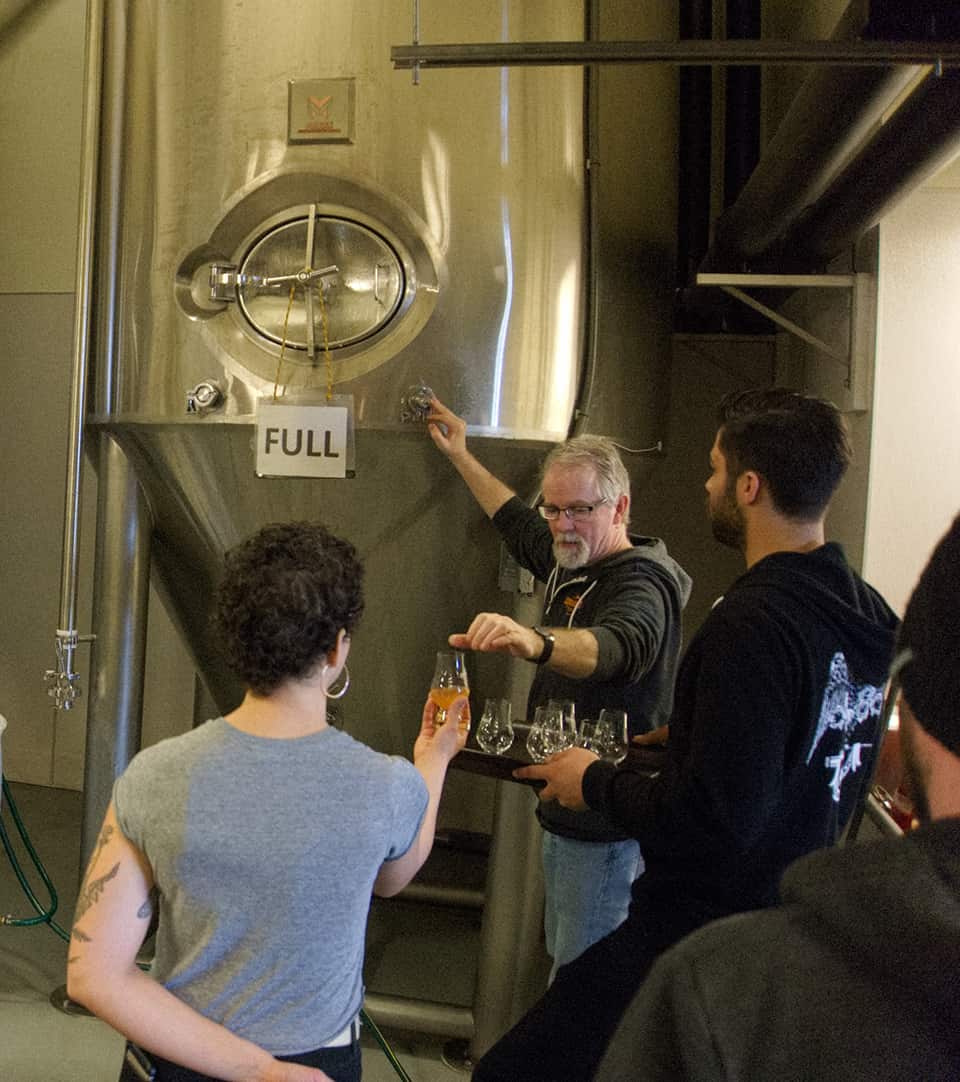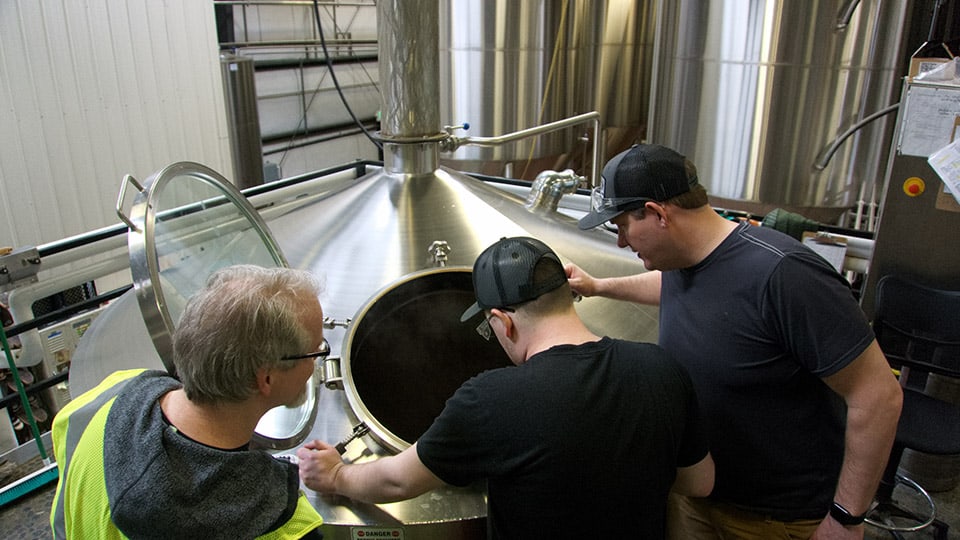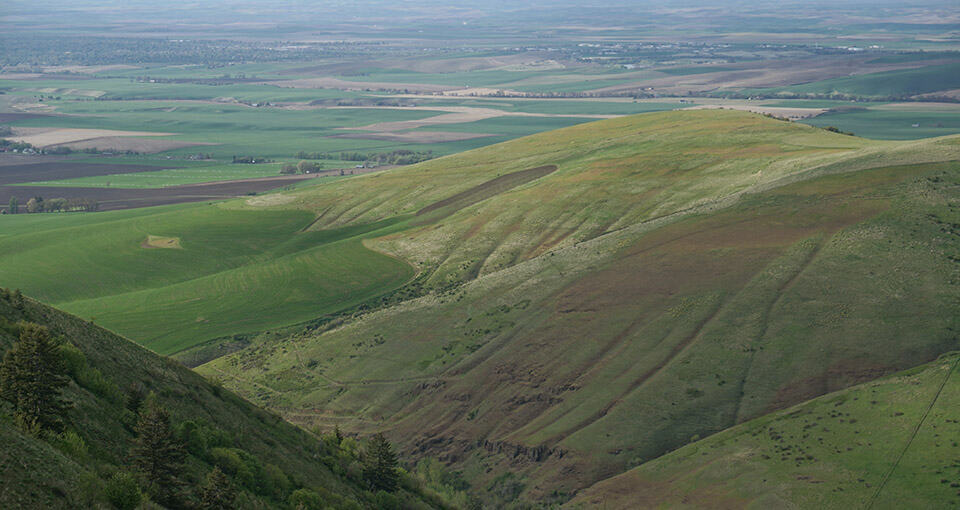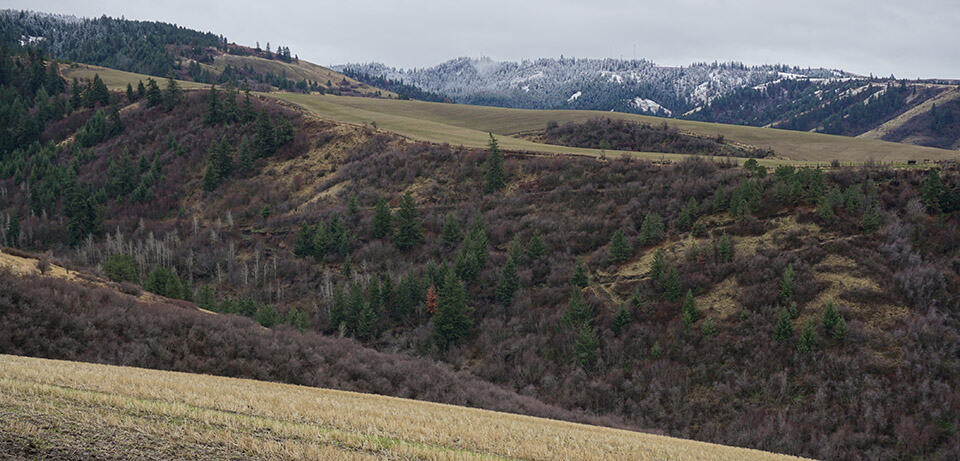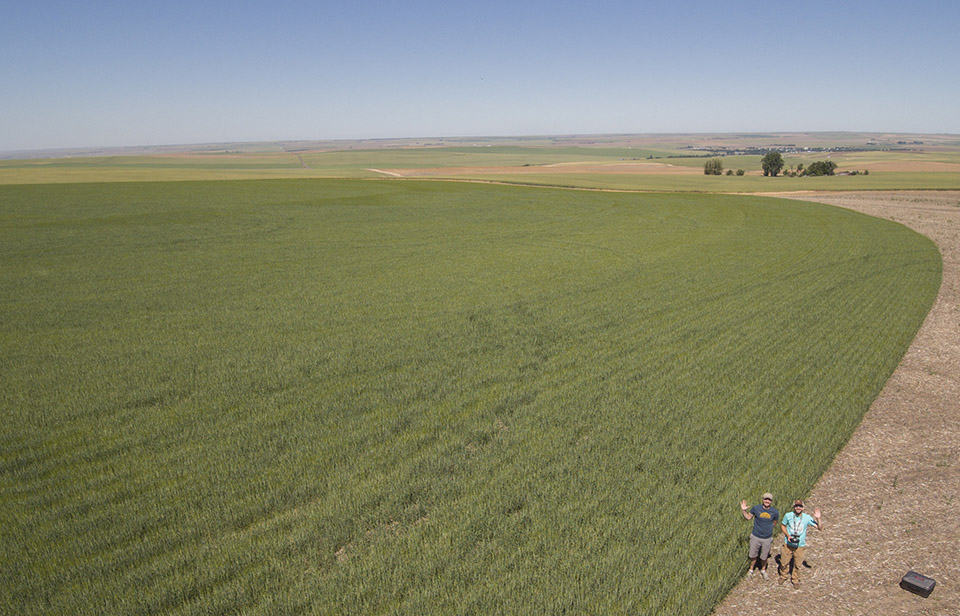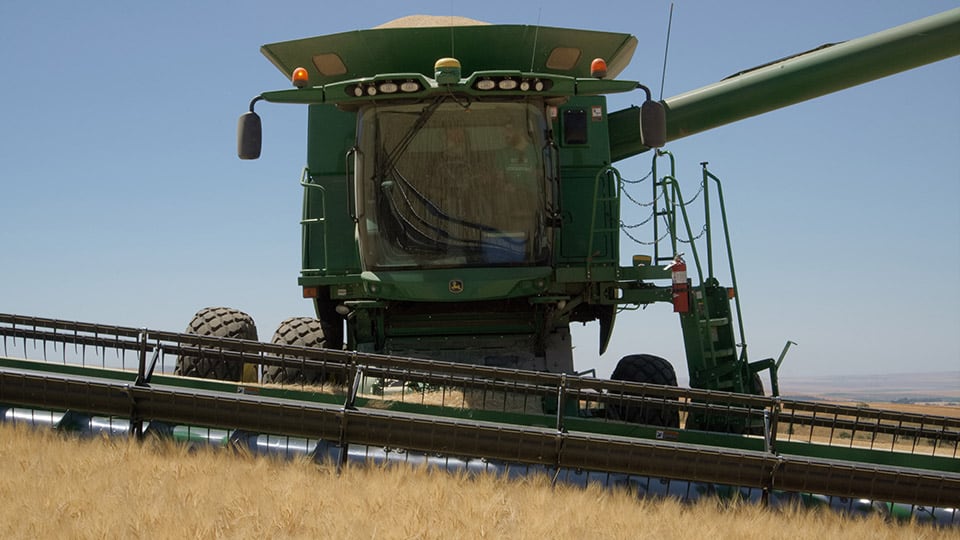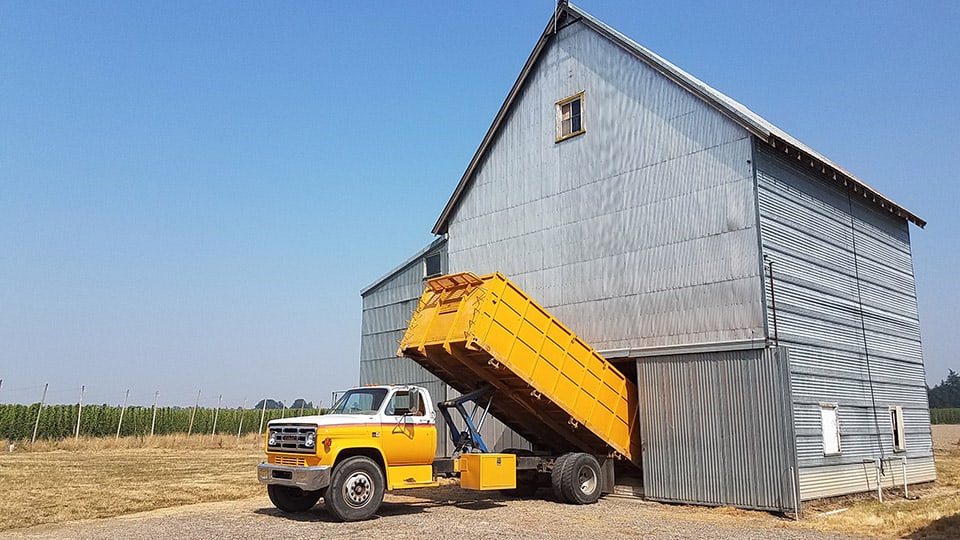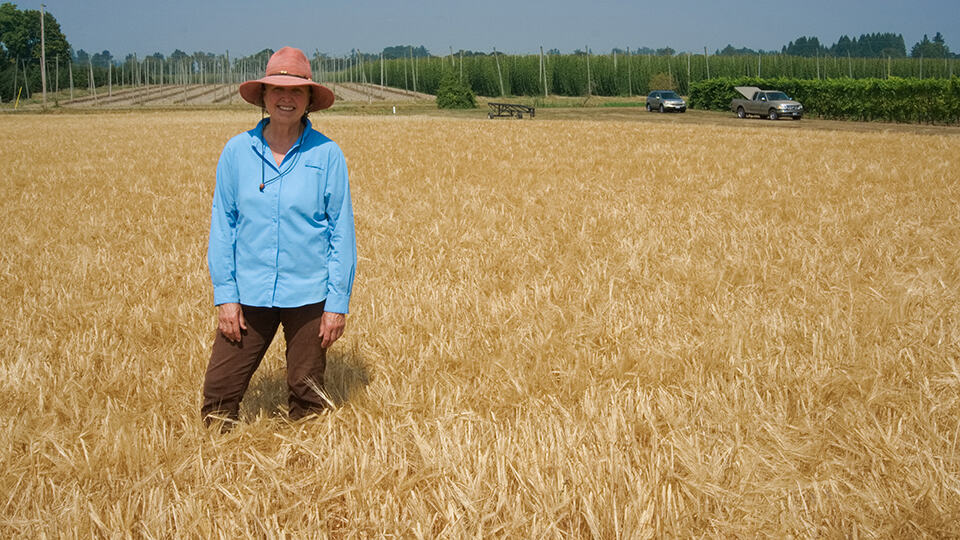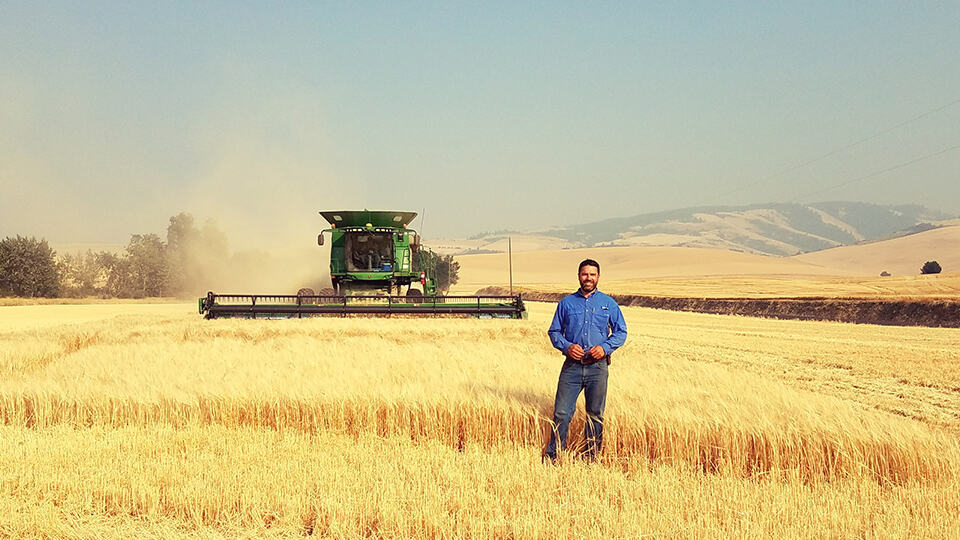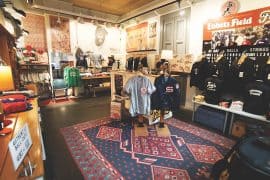Mainstem Malt’s Environmental Beer
interview by Catie Joyce-Bulay
Phil Neumann, owner of Mainstem Malt, spends a lot of time thinking about farming. With a master’s degree in water resources management from Oregon State University and as former program director for the Walla Walla Watershed Management Partnership, he also spends a lot of time thinking about water conservation. Mainstem, a malt brokerage opened in 2016, is the merging of these two passions. It serves as a link between sustainable grain growers and craft beverage producers.
What are the criteria you look for in a Mainstem farm?
When I started Mainstem, there was one specific campaign I wanted to work toward—that is Sprouting Streamflows, which is working with irrigated growers to help them reduce the amount of water they use by switching crop types from more consumptive crops to less consumptive crops, and, in some cases, even cutting irrigation out entirely for the time that we’re under contract with them. But that’s a pretty experimental setup, and it’s very dependent on a constantly evolving state water regulation system. … Definitely very much worth pursuing but not a solid foundation for a business.
That’s when I decided to focus on dry-farmed malt to form the foundation of the business. That’s something I knew we could do really well here. And then if we could do Sprouting Streamflows on the side that would have plenty of merit and could be a pet project going forward.
Just looking at who can successfully grow malting-quality grains year-to-year without irrigation very much limits where you’re looking in the Northwest. We’re in the southernmost end of the greater Palouse region and that’s the best Northwest dry-land grain production country. We’re playing around in the Willamette Valley now with Goschie Farms. They also grow really good dry-land grains.
Do the farms have to be Salmon Safe as well?
Everyone we’re working with is Salmon Safe. It’s a pretty low barrier to entry and it sets a certain standard for conservation. It’s a great place to start with more conventional-leaning farmers on becoming more sustainable. I think we can use that as a solid foundation to build a much different agricultural system for these much larger grain growers.
What I’m doing with Mainstem right now isn’t cutting-edge sustainability, but it does represent landscape-scale change. Instead of focusing on doing very small acreage very sustainably, I would rather take the big picture and move it in the right direction.
How is Mainstem grain turned into malt?
Right now we have two different malting facilities that we’re able to work with to turn grain into malt. One is LINC Foods in Spokane and the other is Skagit Valley Malting in Burlington. To date we’ve only used LINC, and Skagit Valley will come into play this year.
What’s the difference between craft malt and industrial-scale malt?
It’s going to mean different things to different people, but in general I think the most important aspect of it is there are these eye-to-eye relationships between maltsters and malt purchasers—brewers, distillers, bakers. For the most part, it’s all small businesses. You have the opportunity for craft brewers to work with a similarly scaled maltster. There’s a lot of things that can happen when that happens—small batches, more potential to experiment with different grain varieties, different malt profiles, different sources. There’s just huge experimentation potential. And since it’s small batch, there’s the ability to produce straight for order, so the fresh malt dynamic is pretty new.


